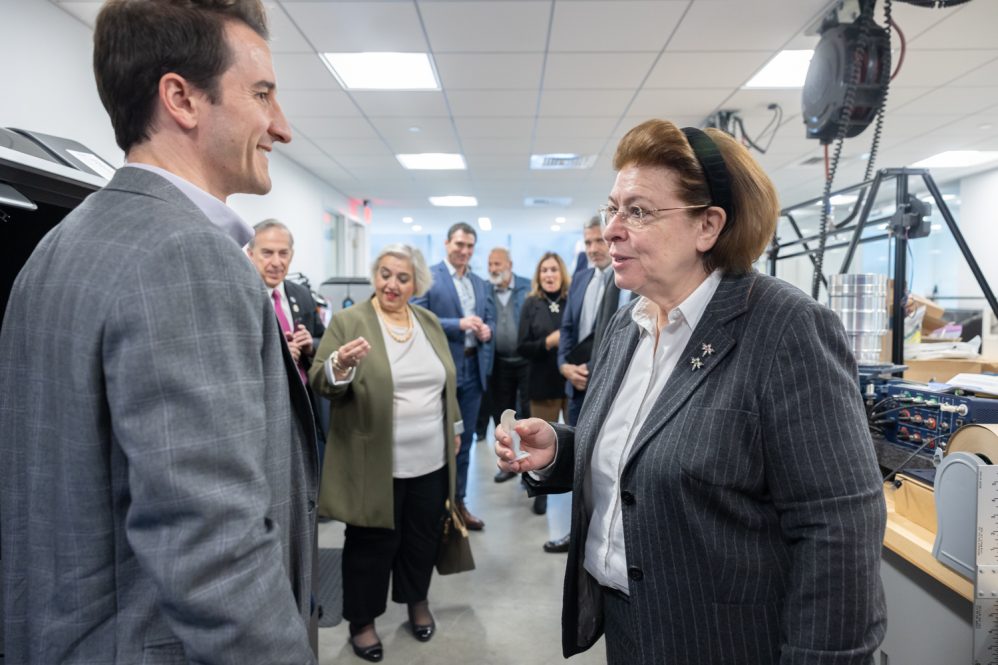While the original sculpture of Leonidas lives in the Archaeological Museum of Sparta, a new “digital twin” can be found at the UConn Tech Park, created from a copy of the historic structure and digitized using a modern technique known as photogrammetry.
With photogrammetry, a large series of high-resolution photographs are taken, and then a coordinate measuring technique is used to extract three-dimensional information from the two-dimensional images to create a permanent and detailed digital representation of the object.
It’s just one of many advanced technologies housed in the Innovation Partnership Building (IPB) at the UConn Tech Park, and the digital representation of the historic bust of Leonidas - who led Greek forces in the Battle of Thermopylae - was recently used to 3D print mini copies of the Spartan king in honor of a visit by dignitaries to UConn Storrs earlier this month.
“What we want to achieve in welcoming officials from other countries is to really expose the University to them and find opportunities for collaboration,” says Emmanouil Anagnostou, a Board of Trustees Distinguished Professor in Civil & Environmental Engineering and the interim executive director of the UConn Tech Park.
As part of a visit to the nearby Paideia Center in Storrs, a delegation from Greece – including Dr. Lina Mendoni, the Minister of Culture and Sports in Greece; and Alexandra Papadopoulou, the Greek ambassador to the United States – visited UConn’s School of Fine Arts and the IPB.
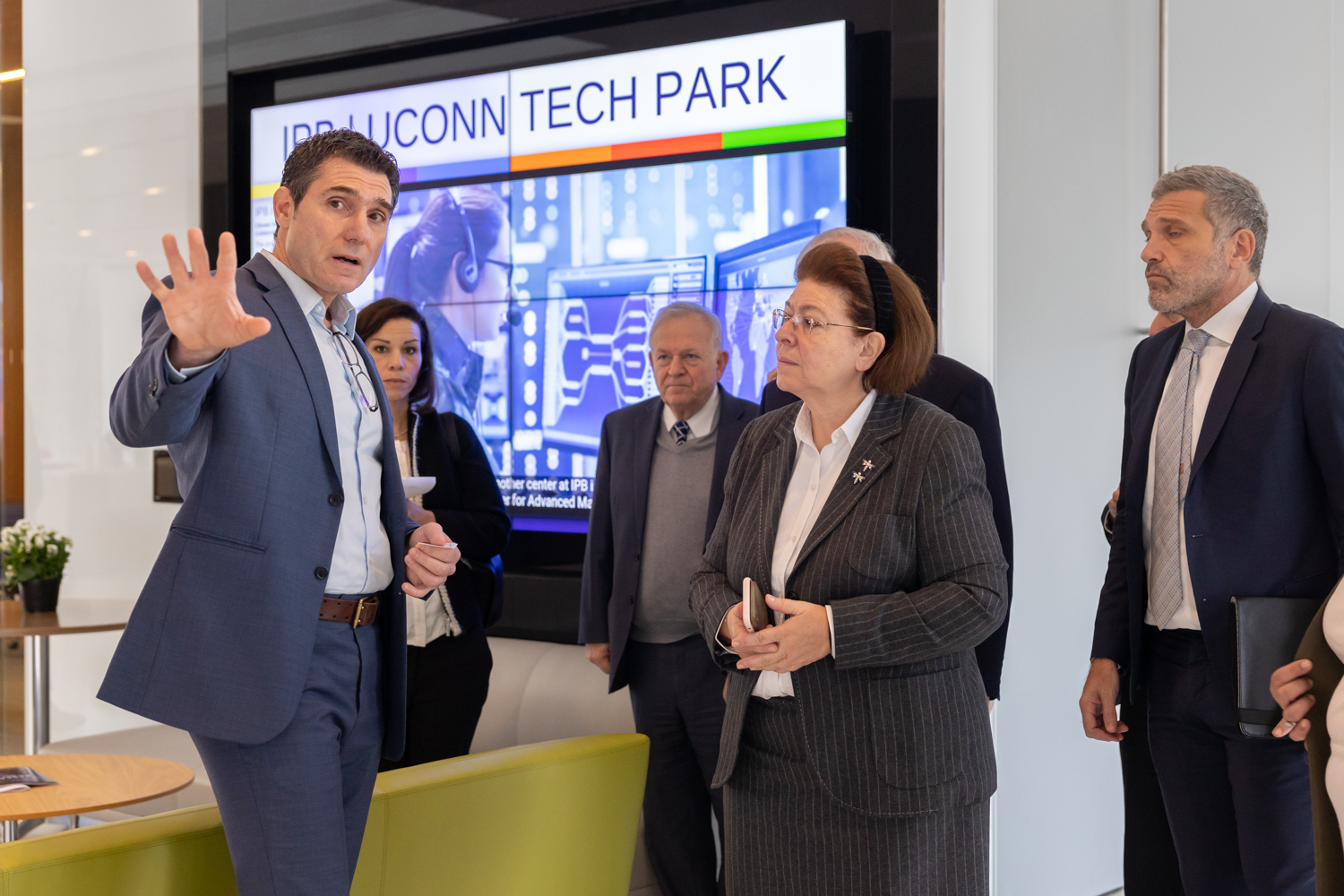
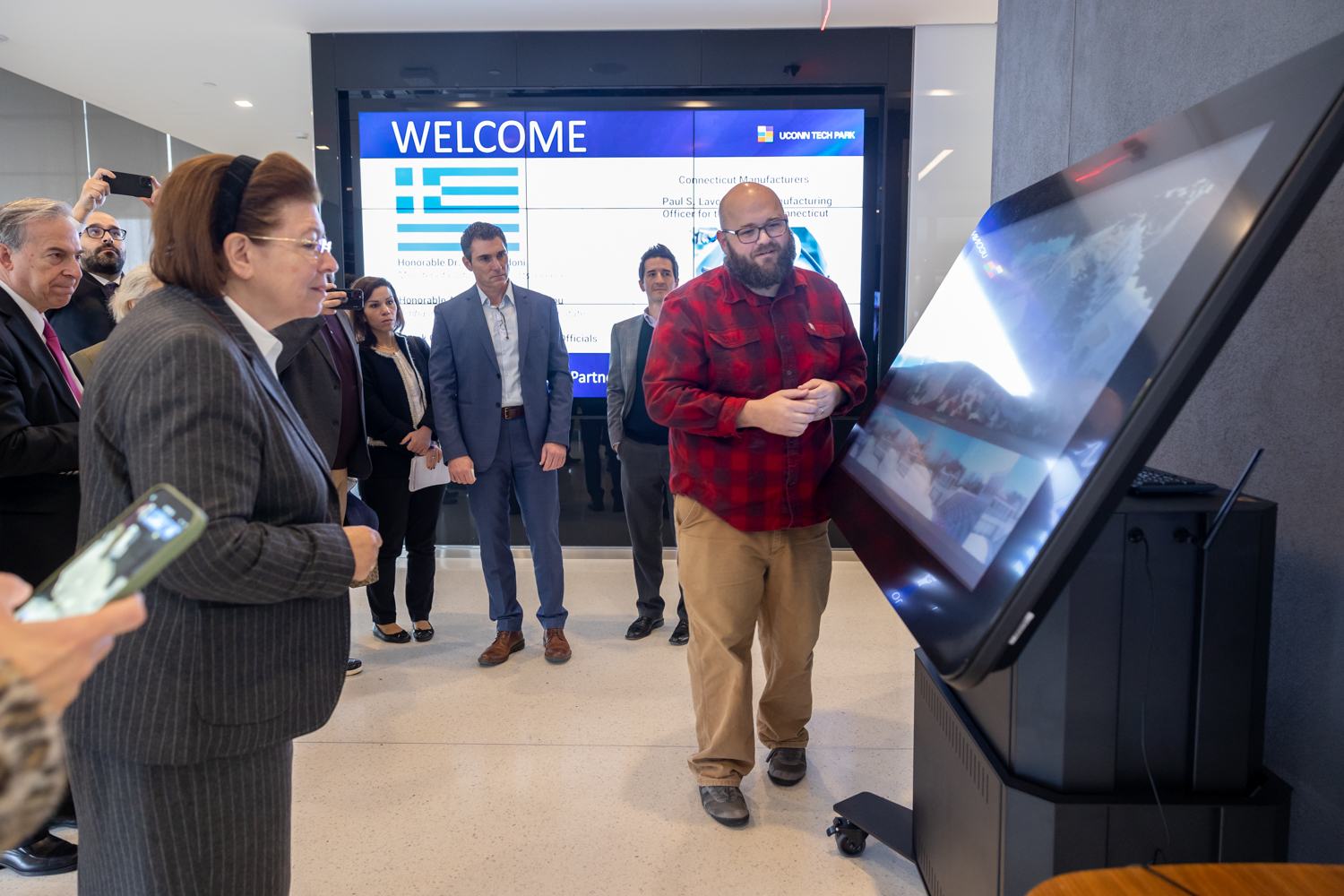
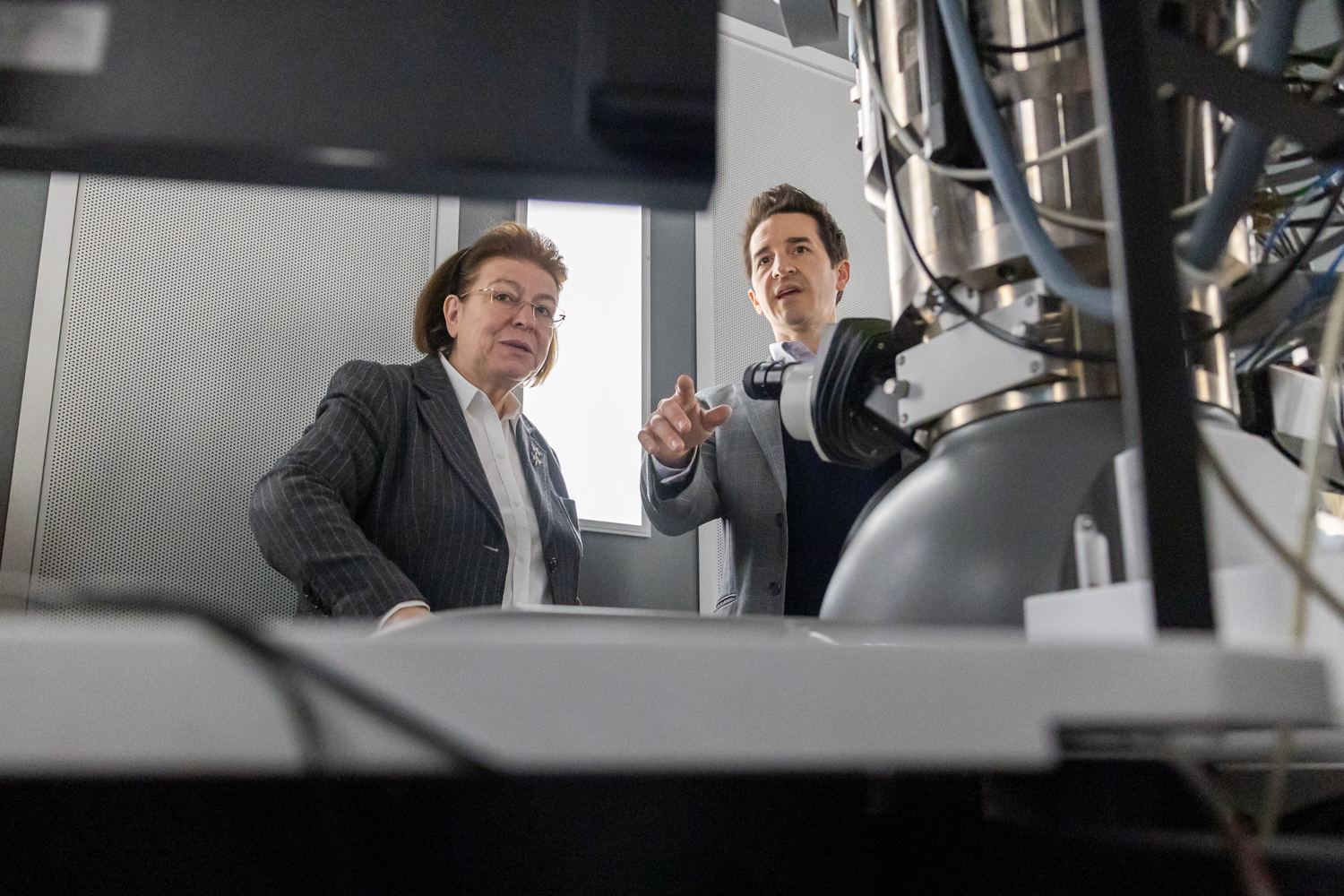
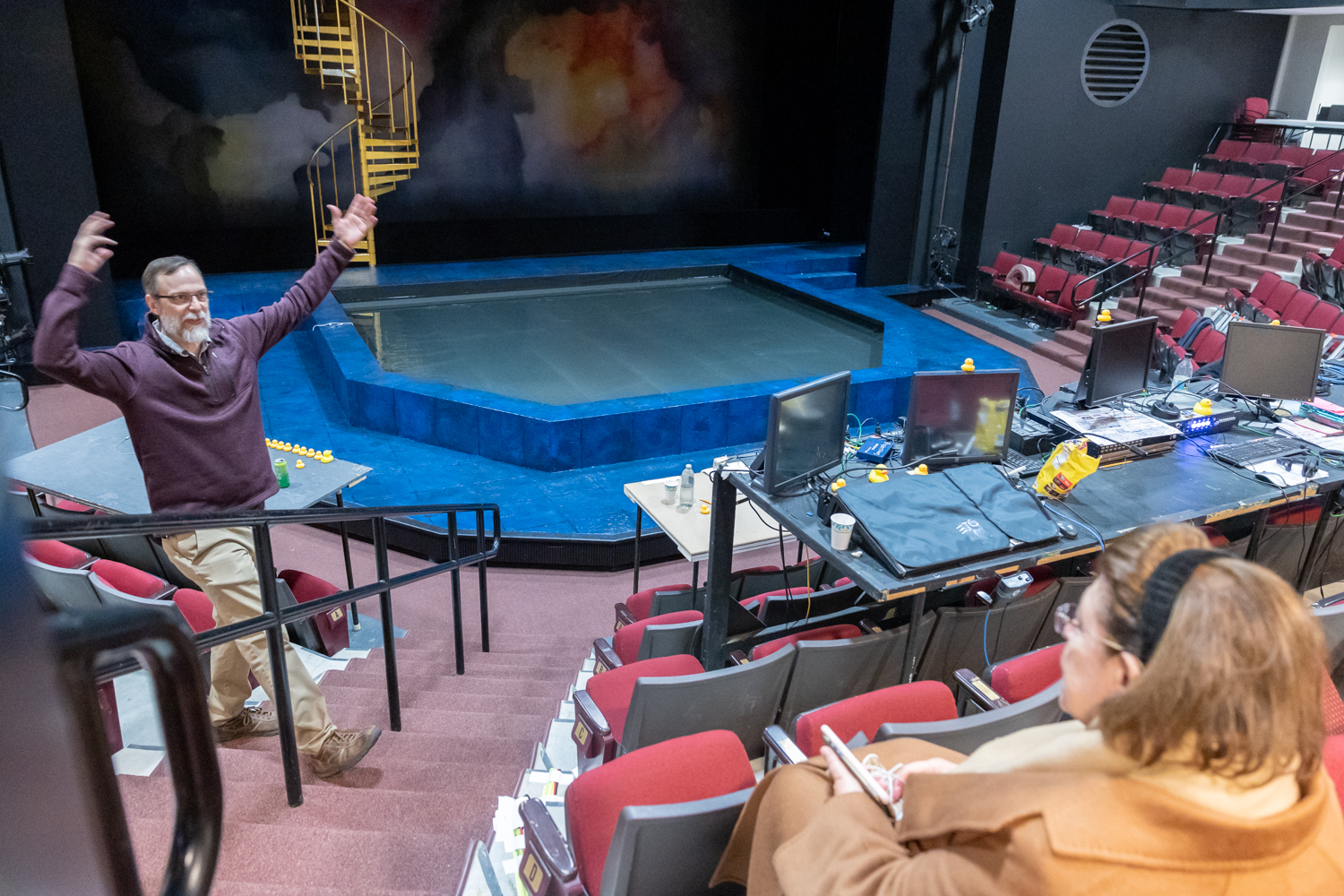
“We invited them to IPB because we wanted them to see our Tech Park and basically how we’re connecting technology with culture and arts,” says Anagnostou. “The main discussion was about how we can enhance the affiliated study abroad program where we’re sending American students from UConn to Greece, where they engage in Greek studies and also visit archaeological sites.”
Anagnostou says that he’s proposed a partnership where the same kinds of “digital twins” that gave digital life to Leonidas might be created of those archaeological sites – using UConn’s advanced technologies to offer new ways to navigate, explore, and present the architectures, designs, and aspects of historic Greek artifacts.
He also said the officials were impressed with how the UConn IPB engages with local manufacturers and industry, using its technologies to support local manufacturing and the local economy.
“One of the things they realized is that we're kind of a gateway of local industry and big corporations to the University and, of course, they were impressed by the facilities we have – the electron microscopy, the 3D printing facilities, the additive manufacturing,” Anagnostou explains. “All of that is used to support major R&D projects with defense companies, with energy companies, with telecommunications and cyber technologies, and other companies in the field of clean energy and the environment. And that was something that really, I believe, was quite touching for the minister and her delegation, because this is an area where UConn is doing a very good job, and we are working in that sphere of incorporating not just one or two, but hundreds or even thousands of companies, in IPB.”
Anagnostou is hopeful that collaboration with Greek institutions on arts and culture might lead to future opportunities to work with researchers and institutions within the country on other endeavors.
It’s all a part, says Daniel Weiner – UConn’s Vice President for Global Affairs – of the broader UConn mission to foster a sense of global-mindedness at UConn – embodied by UConn’s Office of Global Affairs, which works to nurture global opportunities for both students and scholars.
“We are very grateful to the Paideia Center for bringing a piece of Greece to Storrs,” Weiner says, “and opening up opportunities for us in Greece.”
